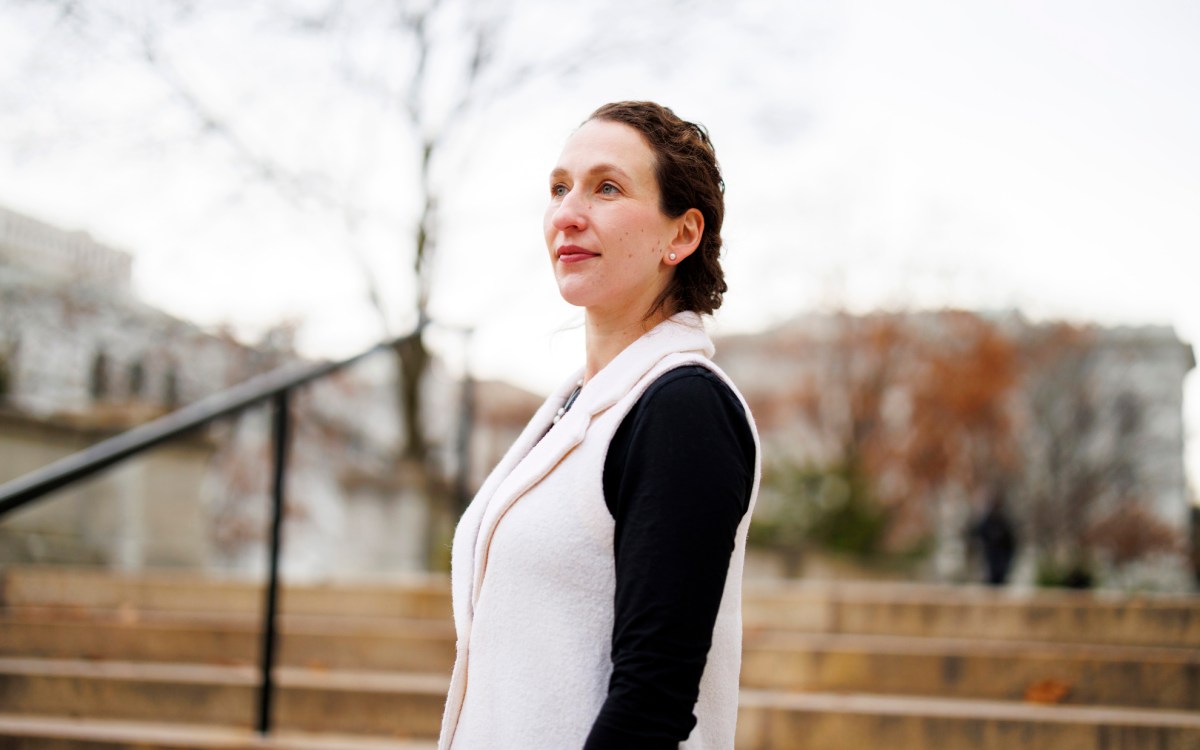
Older adults at highest risk for suicide, yet have fewest resources
Study highlights imbalance in targets of online suicide prevention efforts
Older adults, particularly those aged 75 and older, have the highest rates of suicide of any age group, yet a new study finds that well-known national suicide prevention organizations do not provide easily accessible resources targeting this population.
The study was led by researchers at Harvard-affiliated McLean Hospital. Their findings, published this month in The American Journal of Geriatric Psychiatry, highlight the urgent need for suicide prevention efforts that address the unique healthcare needs of older adults.
“As clinicians and researchers in geriatric psychiatry, we frequently work with older adults who express suicidal thoughts,” said senior author Ipsit Vahia, chief of the Division of Geriatric Psychiatry at McLean, a member of the Mass General Brigham healthcare system. “Our team was interested in understanding how an older adult in the community may seek resources around suicide prevention and what they are likely to find. What we uncovered was an imbalance in who online suicide prevention efforts are targeted toward, and a great unmet need for older adults.”
The work, carried out in the Technology and Aging Laboratory at McLean, was driven by the fact that older adults are increasingly using internet resources to seek health information. Investigators focused their online search on well-recognized, nonprofit organizations or federal agencies that appear on the first page of a Google search, intending to replicate the natural search process of older adults using the internet.
Their findings revealed that resources targeting older adults were scarce and not easy to find, even though most of the websites they came across acknowledged the high risk of suicide among this population.
Adults aged 75 and older have one of the highest suicide rates (20.3 per 100,000) according to the Centers for Disease Control and Prevention. CDC estimates have revealed declines in suicide rates in several age groups under 34 years old in recent years, whereas the rate in adults over 75 has increased.
This may be due to social isolation and loneliness, underrepresentation in research, and systemic implicit biases against older adults, according to Vahia.
“Public-facing suicide prevention campaigns have a record of effectiveness, and the need for such campaigns targeting older adults is greater than ever,” he said. “Our hope is that shedding a light on this imbalance may lead to major suicide prevention organizations considering ways to make their resources more easily accessible to older adults.”
Regarding next steps, the team emphasized that addressing the disparities in suicide prevention efforts for older adults will require targeted campaigns and tailored prevention programming that factor in their unique healthcare needs, and can be featured on easily accessible, online platforms. They add that increased funding and research focused on late-life suicide prevention is needed.
Vahia receives current research support from the National Institute on Aging, the National Institute of Mental Health, the Once Upon a Time Foundation, and the Harvard Dean’s Initiative on Aging. The study was funded by an unrestricted gift from the Eric Warren Goldman Charitable Trust and the McLean Technology and Aging Lab.





